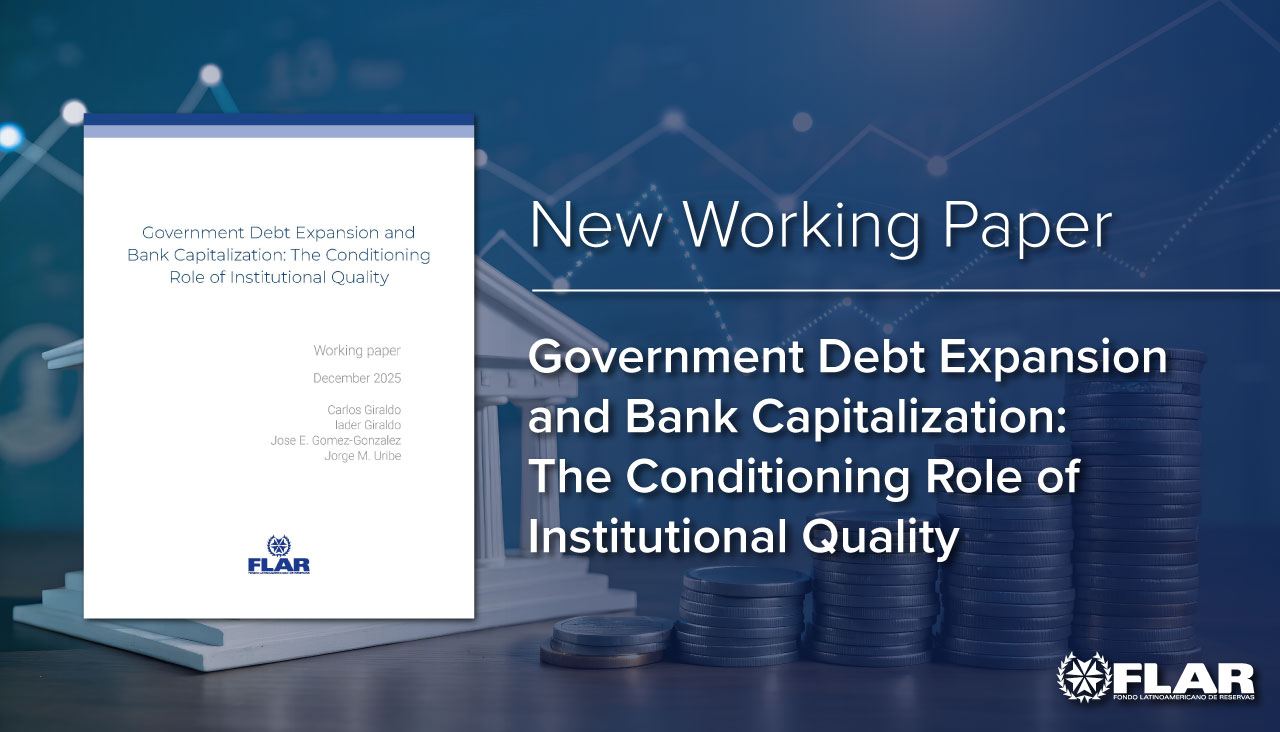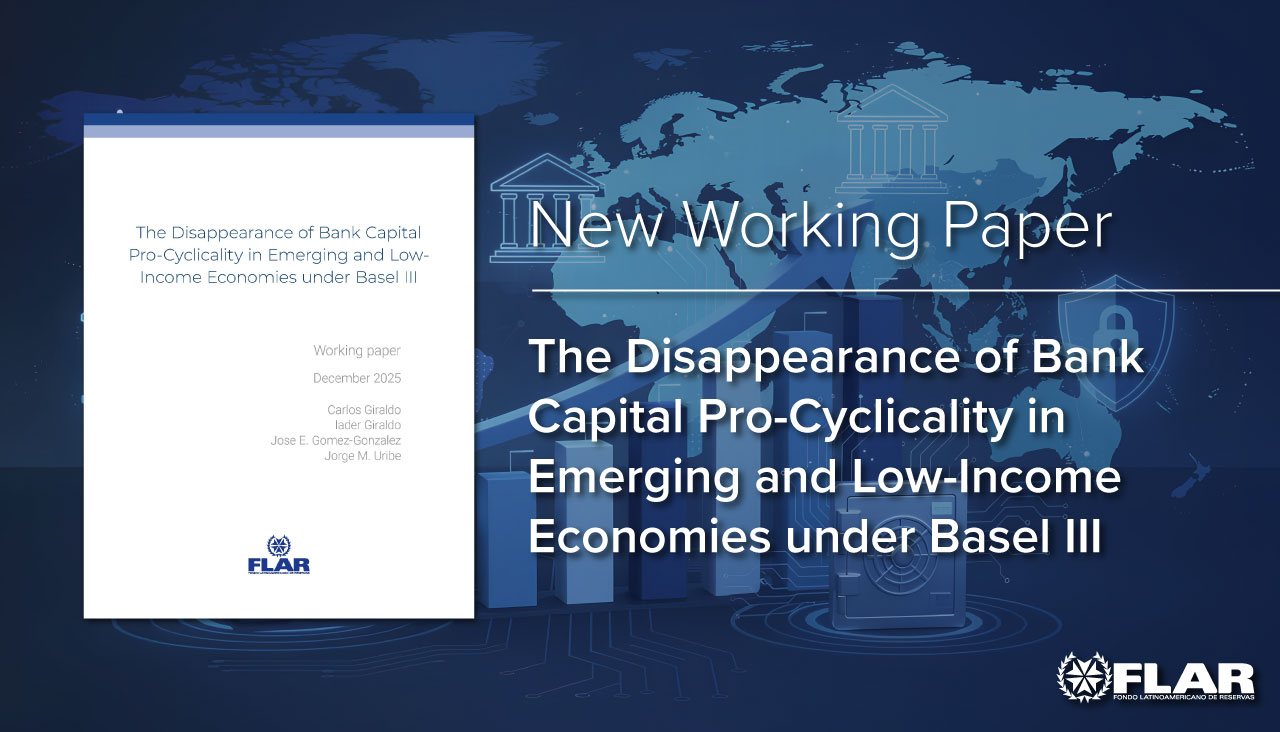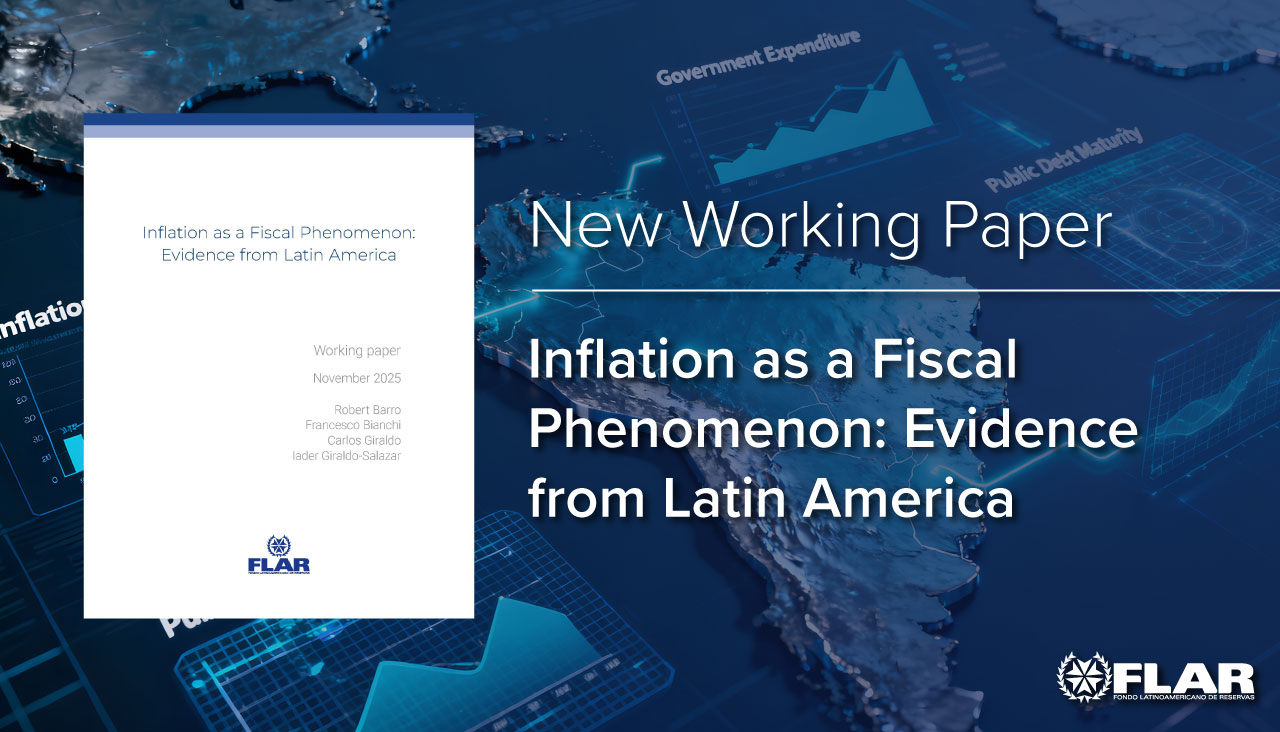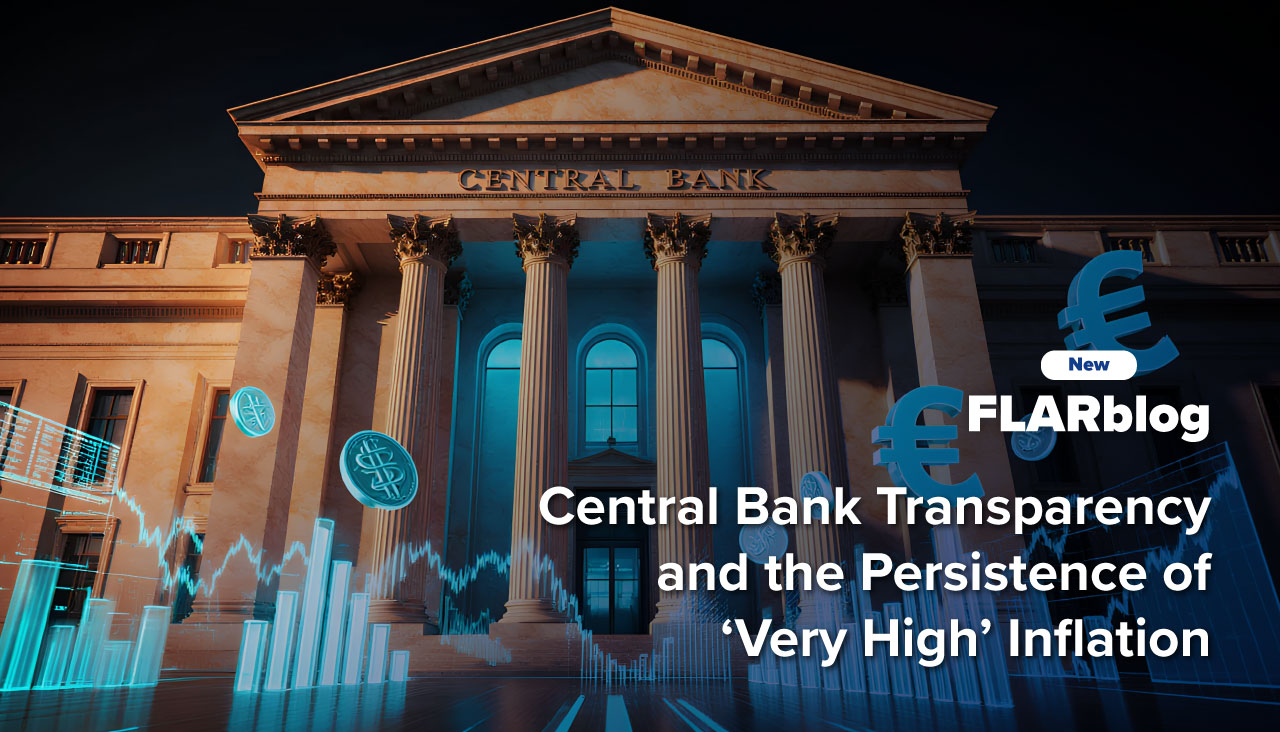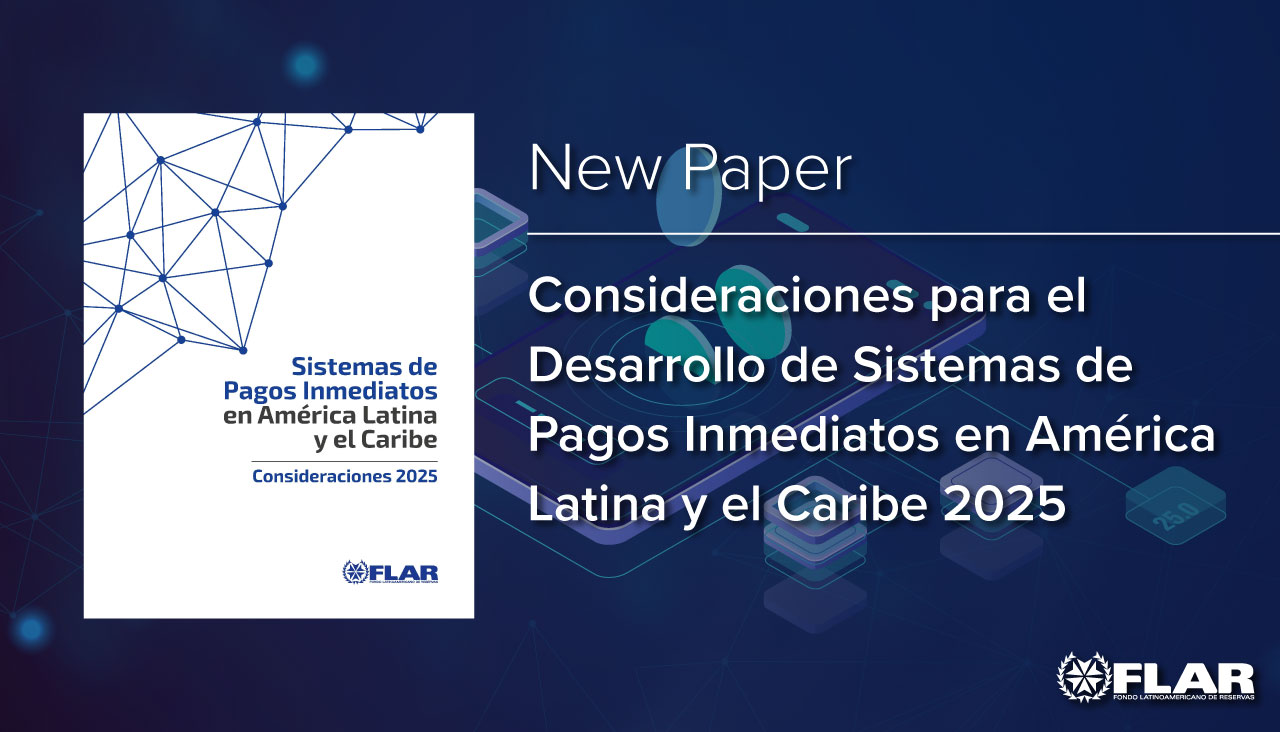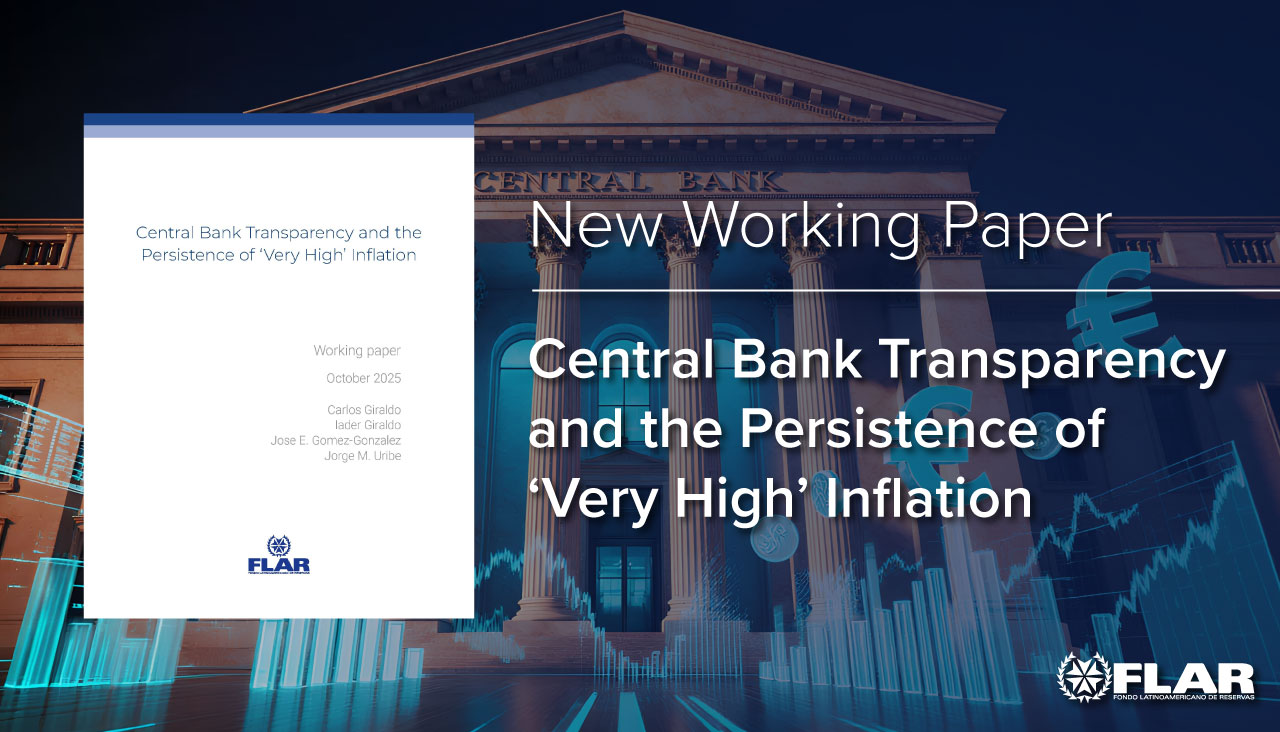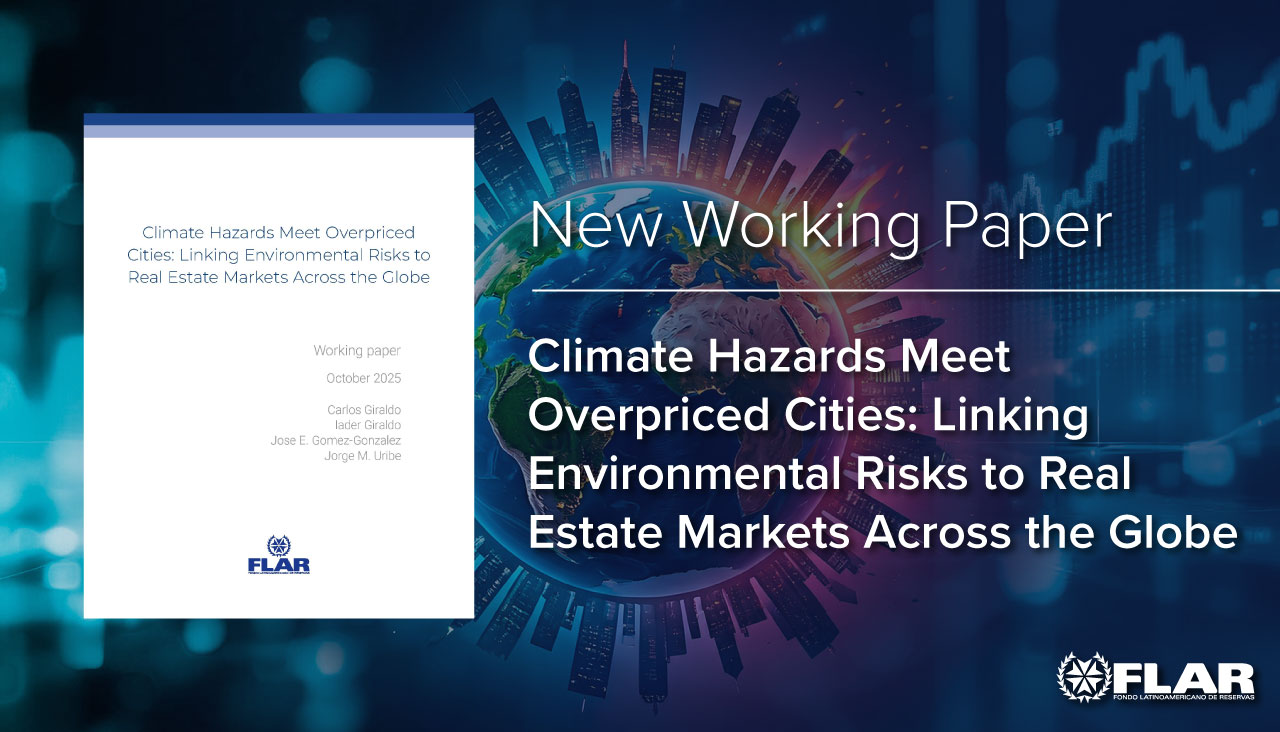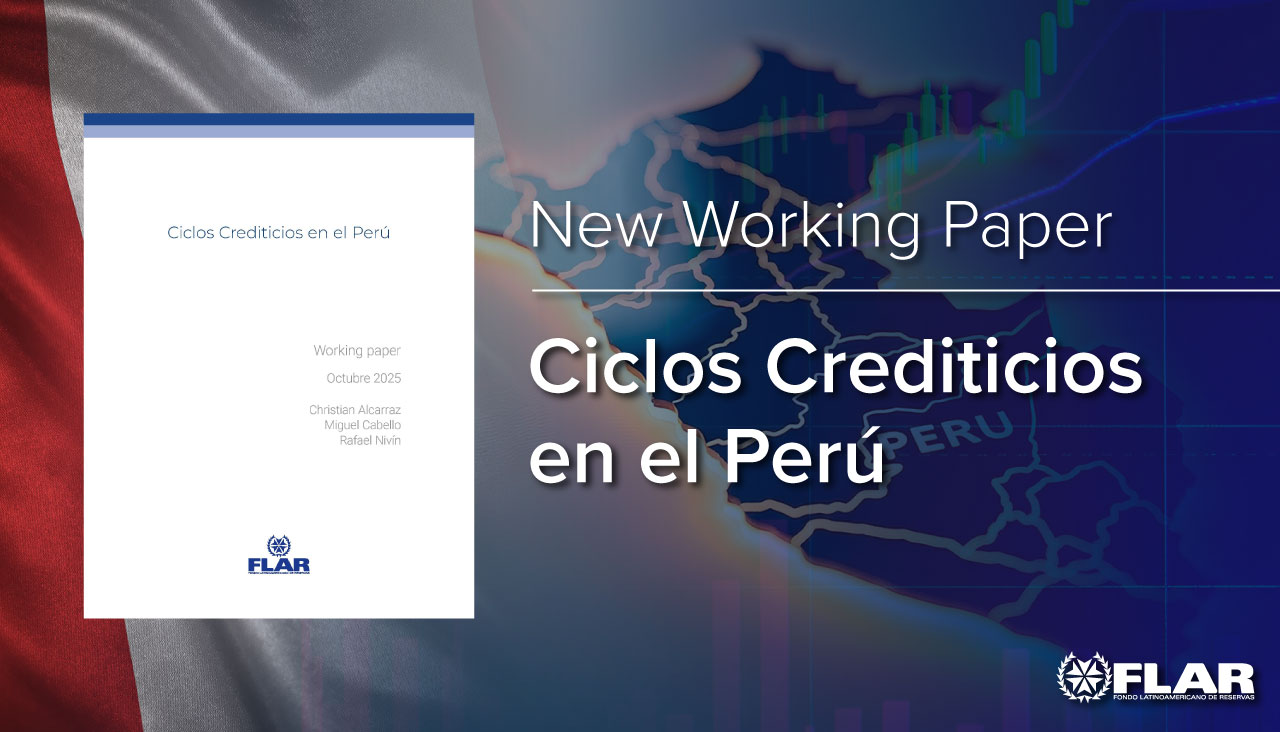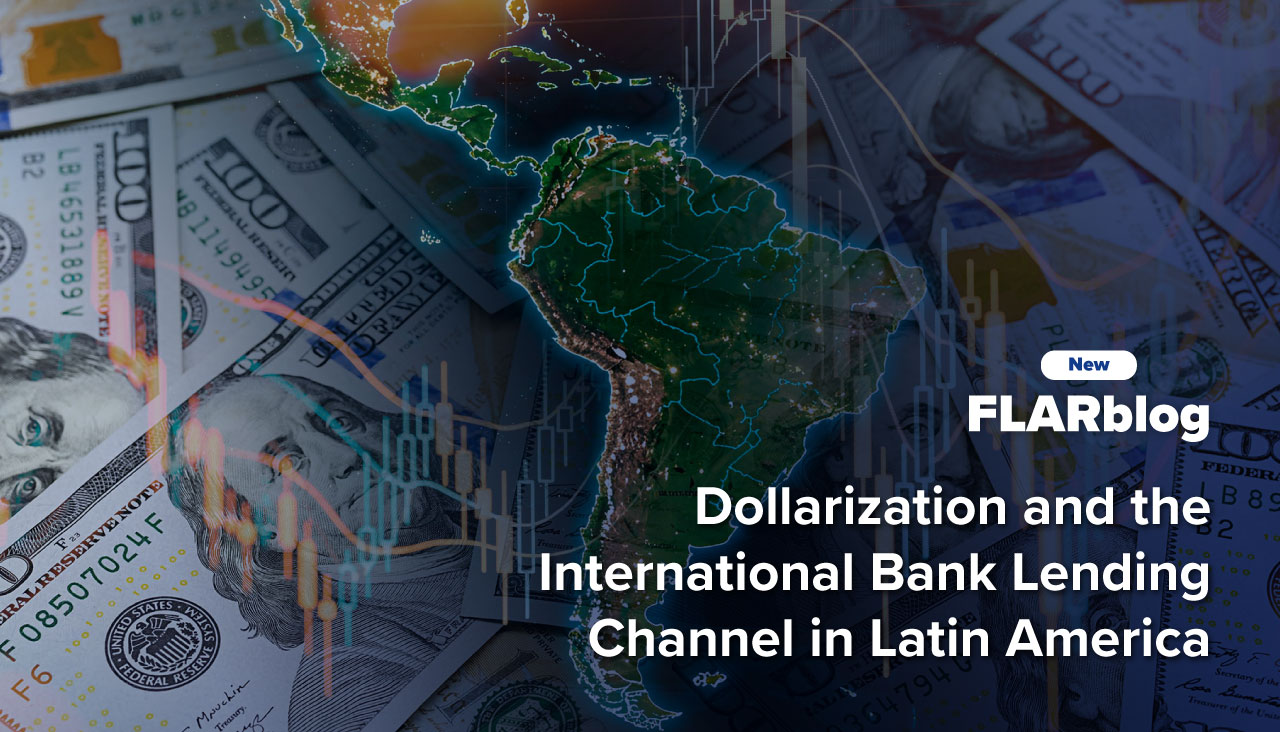The study finds that increases in public debt tend to reduce bank capital, but the size and timing of the adjustment depend on institutional quality. In strong regulatory systems the impact is immediate and later reverses, while in weaker environments the adjustment is slower.
